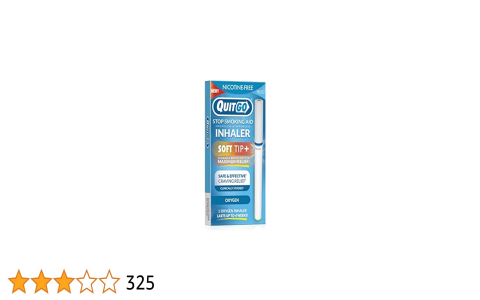Initial Investment Comparison
E-cigarettes require significant upfront costs, while traditional cigarettes operate on a pay-as-you-smoke model.
- E-cigarettes: Basic starter kits/pod systems cost ¥150-¥500. Advanced mod setups reach ¥600+
- Traditional cigarettes: No equipment needed. Purchase per pack (Avg: ¥7-¥100+/pack)
Ongoing Monthly Costs
Actual savings depend on smoking habits and product choices:

- E-cigarette consumables (typical user):
- Coils/Pods: ¥25/unit (replaced weekly) = ¥100/month
- E-liquid: ¥100/30ml bottle (lasts 1-3 weeks) = ¥150-¥300/month
- Total recurring: ¥250-¥400/month
- Traditional cigarettes (moderate smoker):
- Mid-range cigarettes (¥40/pack): ¥1,200/month at 1 pack/day
- Budget cigarettes (¥10/pack): ¥300/month at 1 pack/day
Key Cost Variables
- Device complexity: Pod systems cost less than advanced mods
- Consumption patterns: Heavy vapers may use 2+ coils/week and 60ml+ e-liquid monthly
- Cigarette preferences: Luxury brands (¥100/pack) increase traditional smoking costs dramatically
- Regional pricing: Tobacco taxes vary by location (2025 data shows ¥30-¥75 price gaps for same brands)
Potential Savings Scenarios
- Best-case for savings:
- Light vaper using basic device (¥200) + 1 coil/week + 30ml liquid monthly = ¥300/month total
- Compared to 1-pack/day smoker of ¥40 cigarettes = ¥1,200 savings/month
- Potential break-even/overage:
- Heavy vaper using premium mod + multiple coils/week + specialty liquids = ¥800+/month
- Compared to light smoker (¥10 packs, 1/2 pack/day) = ¥150 cost/month
Crucial Considerations
- Long-term device lifespan: Quality devices last 1-2 years with proper maintenance
- Nicotine concentration: Higher nicotine e-liquids may reduce consumption frequency
- Geographic price factors: China’s 2025 data shows cigarette prices increased 5-10% annually since 2023
Conclusion: E-cigarettes generally offer savings for regular smokers of mid-priced or premium cigarettes who avoid premium vape gear. Budget smokers and device enthusiasts may not achieve savings. Individual consumption patterns ultimately determine cost-effectiveness.










